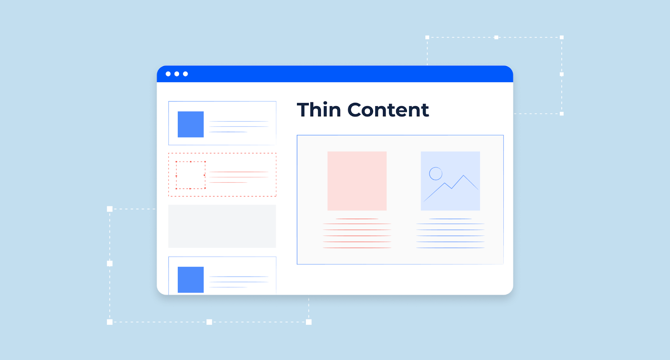Leadgrowdevelop
1w
318

Image Credit: Leadgrowdevelop
What Exactly is Thin Content? Why Does it Affect SEO and How to Fix it?
- Thin content refers to material that lacks depth, contains outdated information, is of poor quality, and provides minimal value to readers.
- It adversely affects SEO efforts as search engines prioritize rich, informative, well-structured content that adds value to readers.
- Types of thin content include content lacking depth, spun content, webpages full of ads, and doorway pages.
- Thin content leads to decreased user engagement, impacts authority, encourages keyword stuffing, and risks Panda algorithm penalties.
- Strategies to address thin content include deepening content quality, using chatbots, understanding target audience, and enhancing user interaction.
- Additionally, optimizing content for conversion rates, leveraging email campaign insights, updating content regularly, and diversifying content types are recommended.
- Enhancing the depth and quality of content helps in providing relevant information, answering questions, and improving user engagement and search engine rankings.
Read Full Article
19 Likes
For uninterrupted reading, download the app